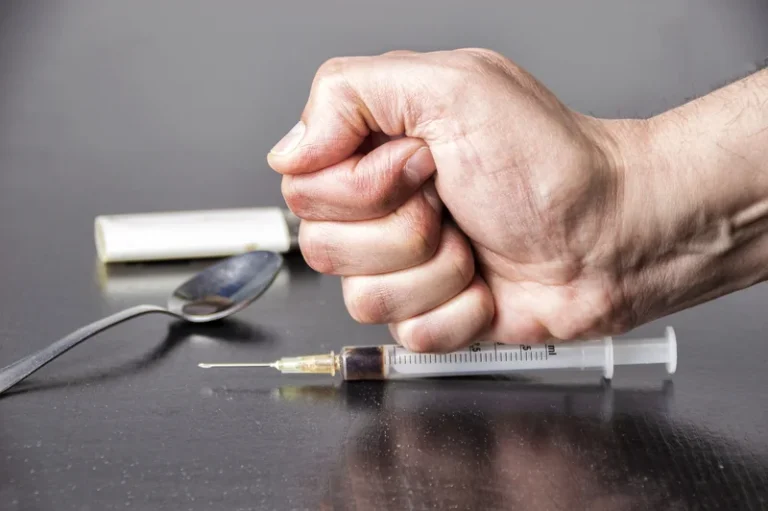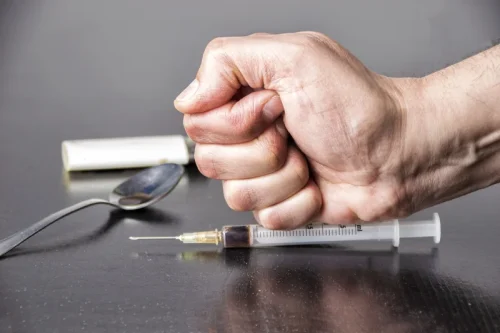
This entails consuming larger amounts of the drug than initially intended or using the drug for extended periods. Experimentation typically involves a ‘trial’ phase, but abuse transcends this by making the drug a regular or necessary part of one’s routine. While both terms are related, they’re two distinct concepts, each representing a different stage or level of drug involvement. Looking at how often you use substances, how much you take, and what your expectations are when you use them can help you to determine what stage of addiction you are in. Addiction is a difficult disease to overcome, especially on a person’s own.
The Addiction Cycle – What Are The Stages of Addiction?
Gender, ethnicity, and mental disorders may also influence the risk for drug addiction. Some of these illicit substances can also lead to tolerance within one or two uses. Nevertheless, in most cases, all these steps are part of the chronic cycle of addiction. It can be broken at any point, no matter how many times you’ve spun through it or how long you’ve been spinning. Join our global mission of connecting patients with addiction and mental health treatment.
Explore Alcohol Treatment Centers
- Experiencing blackouts or memory lapses is a severe symptom of drug abuse.
- It spans a vast spectrum, intertwining with mental, physical, emotional, and environmental factors, making it one of the most misunderstood challenges in modern society.
- Real change starts here as the person begins to modify their behavior and seek professional help.
- Being aware of these reasons can help you recognize if you or someone you love may be more vulnerable to drug or alcohol abuse.
If so, it may be time to reach out for professional help from an addiction treatment center. If you or a loved one struggle with addiction, American Addiction Centers (AAC) can help. AAC operates treatment centers throughout the country, offering the complete continuum of care and providing evidence-based therapies and individualized treatment plans.

How Does the Cycle of Addiction Contribute to Relapse?

Addiction describes not just the harmful effects of substance use but couples them with a complete loss of control, while those who are misusing drugs may still maintain some control over their use. The fourth stage of addiction is misuse, also known as risky use or dependence. Experimentation becomes substance use when drugs or alcohol become a consistent part of someone’s routine. In teen brains, the neural connections are still being formed and substance use at this point can create pathways of reward-seeking and dependence that are easily entrenched later in life.
Contemplation to Preparation: Health Promotion Begins

People start planning how to make a change, setting realistic goals, and seeking support. Small steps, such as removing triggers or scheduling therapy sessions, are characteristic of this stage. The Drug PersonalityThe drug personality develops though continued, chronic use. There is a typical set of behaviors that most addicts or alcoholics exhibit.
Therapeutic Interventions
Instead, it is the result of a cycle of addiction long process of repeated substance abuse that gradually changes how an individual sees a drug and how their body reacts to it. As a result, the person using the substance may increase the dosage or frequency of use to try to recapture the original result. Then, over time, tolerance to this new dosage occurs, and the person increases again, creating a progression into heavy substance use.
What Is the Pink Cloud of Recovery?

After the initial stages of change, many people believe the hard work is over. Long-term addiction recovery depends on learning how to maintain sobriety, avoid triggers, and build a meaningful new life. From denial and avoidance to action and long-term recovery, these stages provide a roadmap for navigating the ups and downs of change. Then comes intervention, detox, therapy, and the work to stay strong during long-term recovery. Knowing where to turn during hard moments can stop a small slip from becoming a full relapse.
- In this stage, individuals become preoccupied with thoughts of obtaining the addictive substance or engaging in the addictive behaviour.
- Breaking the cycle of addiction is a challenging but achievable process.
If you go without it, you feel off—irritable, anxious, maybe even physically sick. This stage is critical because it’s the only one where full control still exists. Our representatives can answer your questions and guide you toward treatment in your area. Your call will be confidential, and you don’t have to commit to a program to learn more Oxford House about treatment options. Call today and find out how we can help you towards a healthier, happier future. Addiction is a multifaceted condition that extends beyond mere substance use, encompassing a wide array of psychological and physiological elements.
- Addiction is not limited to drugs alone; it can also involve behaviors such as gambling, gaming, or even excessive internet use.
- While the exact number of stages may vary among different sources, a consensus identifies key phases in the development of addiction.
- Stage models of development have been extremely popular in the fields of psychology and sociology for decades, and they have been used to explain how many types of attributes progress over time.
- This stage can last between six months to five years, depending on genetic factors and the severity of the addiction.
- During the first stage of addiction, you may try a substance for the first time or use it casually.
- The person may attend therapy, start medication, or join support groups.
For individuals in the first two stages of initial use and abuse, outpatient treatment and behavioral health counseling may be all that’s needed to get back on track. Later stages, like stages 3 and 4, may require more involved treatment. The fourth addiction stage differs from the abuse stage because the person typically realizes they have a substance problem at this point. Their addictive behaviors become so severe that they cannot function without their substance of choice. At the third stage of the addiction cycle, regular use causes tolerance and physical or psychological dependence on the abused substance.
